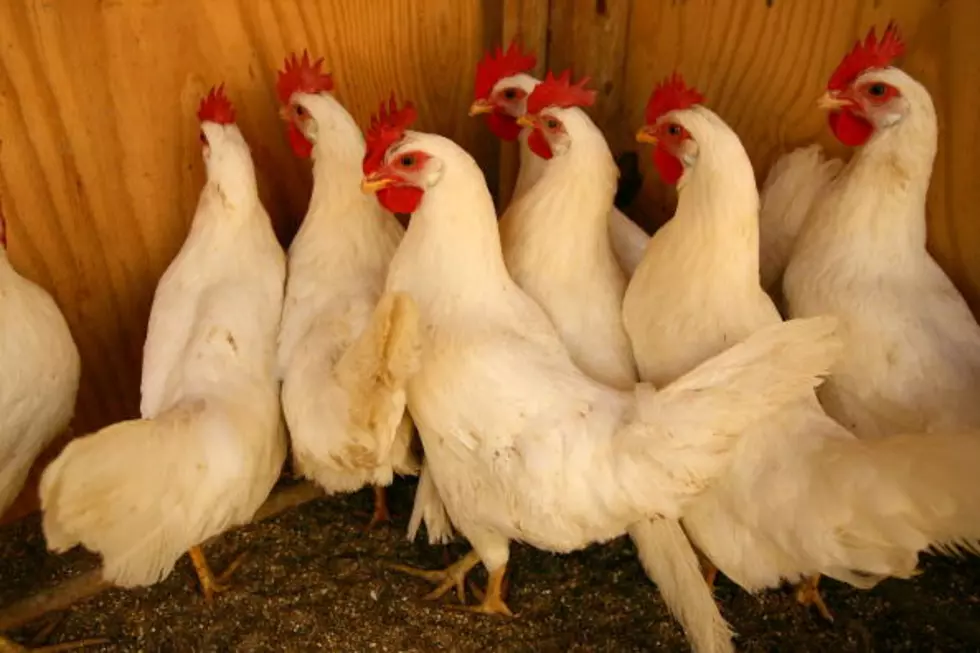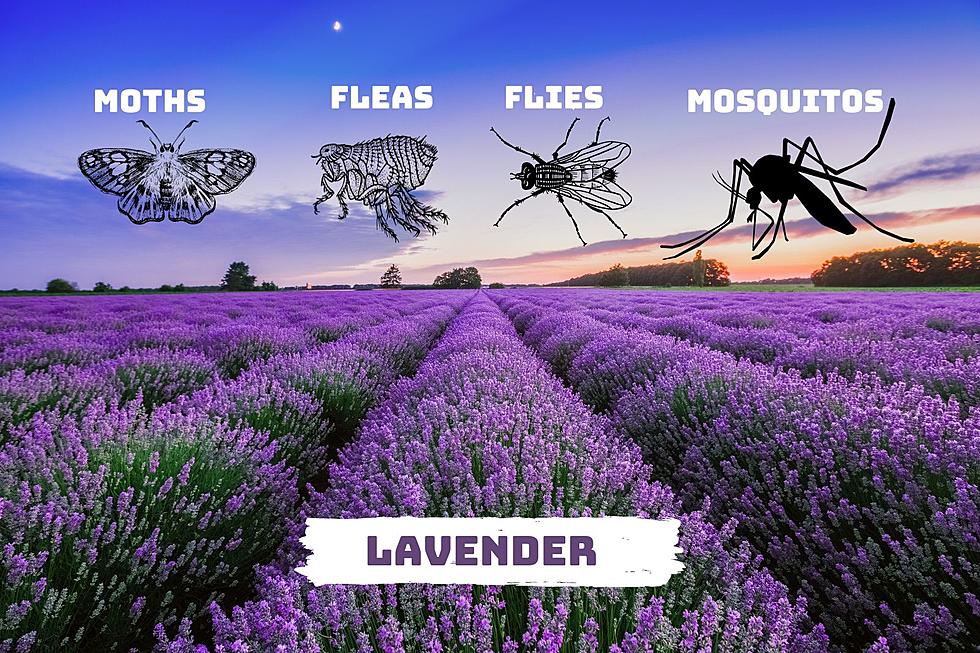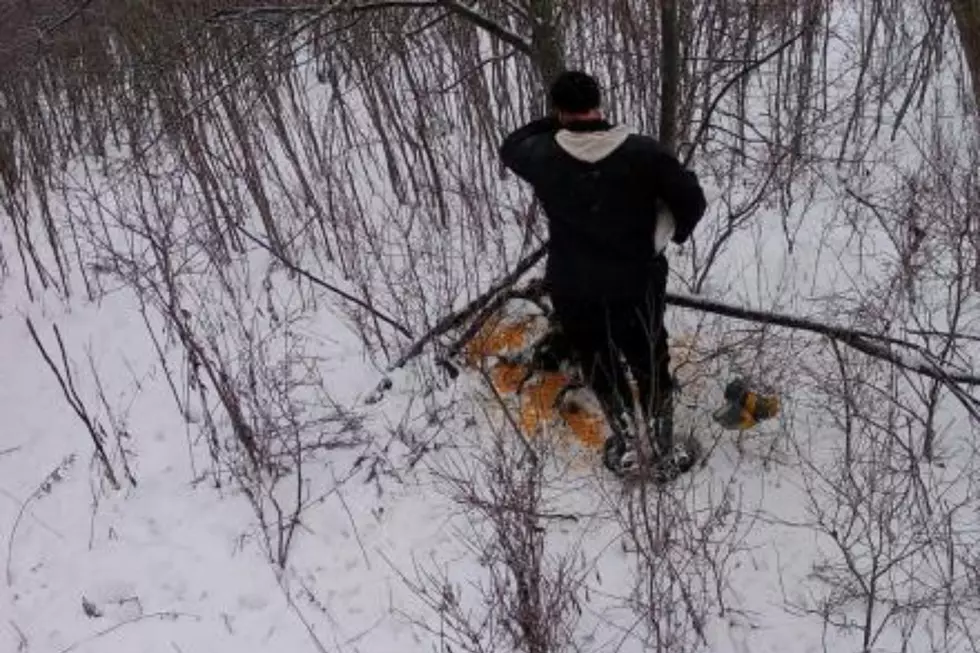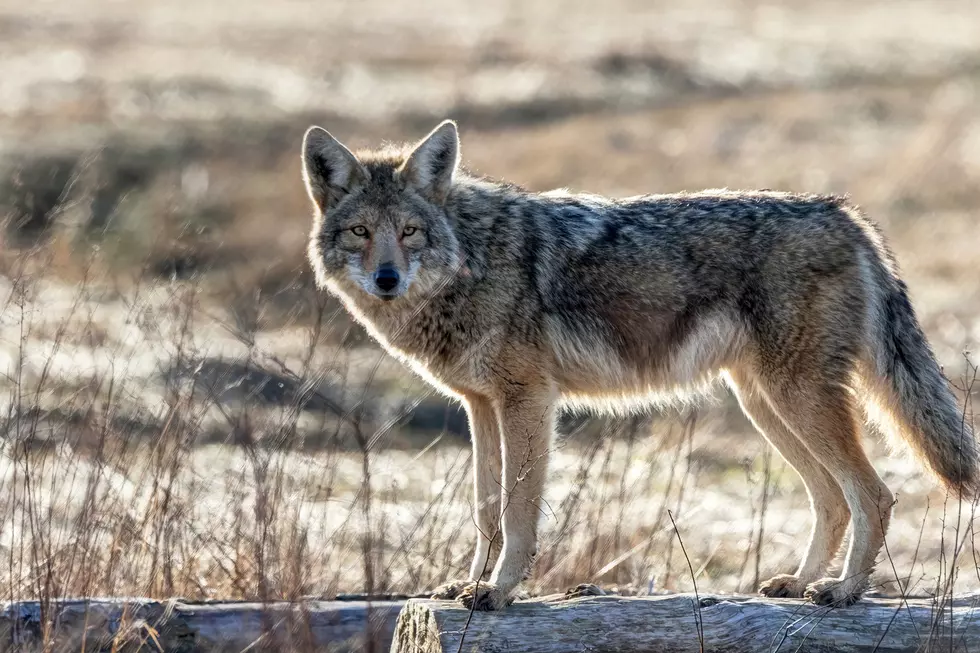
Bird Flu Symptoms And How To Protect Your Flock
With the reported outbreak of H5N2 avian influenza (HPAI), commonly called "Bird Flu," in Wisconsin, the USDA is encouraging farmers to keep a close eye on their flocks. Cornell Cooperative Extension offers some tips on what to watch for, and ways to protect your birds.
While this the first reported case and no human infection has occurred, the USDA has some concern over wild birds spreading the virus. And now that a 2nd and 3rd case has been reported those concerns may be growing.
The United States Department of Agriculture’s (USDA) Animal and Plant Health Inspection Service (APHIS) has confirmed the presence of highly pathogenic H5N2 avian influenza (HPAI) in a commercial layer flock in Jefferson County, Wisconsin. The flock of 200,000 chickens is located within the Mississippi flyway where this strain of avian influenza has previously been identified. CDC considers the risk to people from these HPAI H5 infections in wild birds, backyard flocks and commercial poultry, to be low.
Detecting Bird Flu
- Sudden Death With No Clinical Signs
- Lack Of Energy and Appetite
- Decreased Egg Production
- Soft-Shelled or Misshapen Eggs
- Swelling of the Head, Eyelids, Combs, Wattles and Hocks
- Purple Discoloration of Wattles, Combs and Legs
- Nasal Discharge, Coughing and Sneezing
- Ruffles Feathers and Increased Death Loss
How To Protect Your Birds
- Keep them away from water than has been used by wild waterfowl.
- Don't use surface water and ponds as drinking water.
- Only allow essential workers and vehicles around the flock and disinfect wheels that come onto the farm.
- Don't lend or borrow equipment from other farms.
- Avoid visiting other farms or auctions. If you done come in contact with other birds, and change clothes and footwear before working with your own birds.
- Place disinfectant footbaths outside bird housing and pens.
More From Big Frog 104









